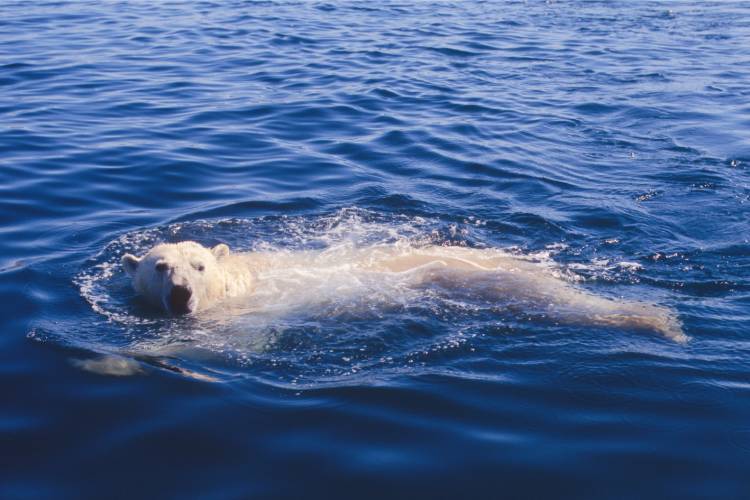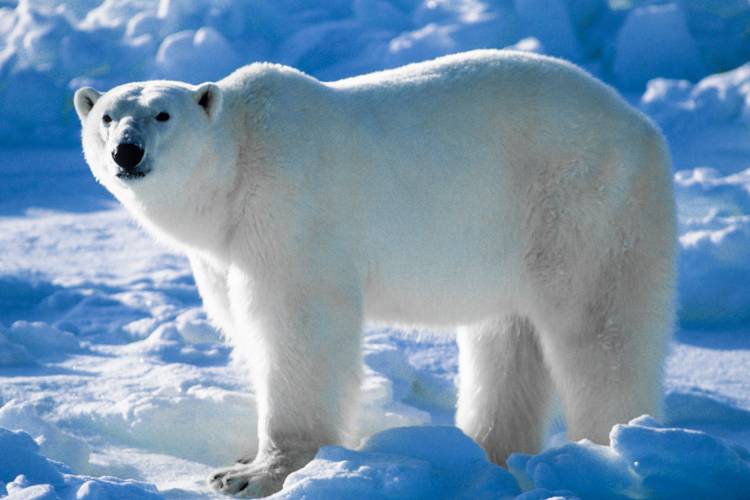Photo: Daniel J. Cox
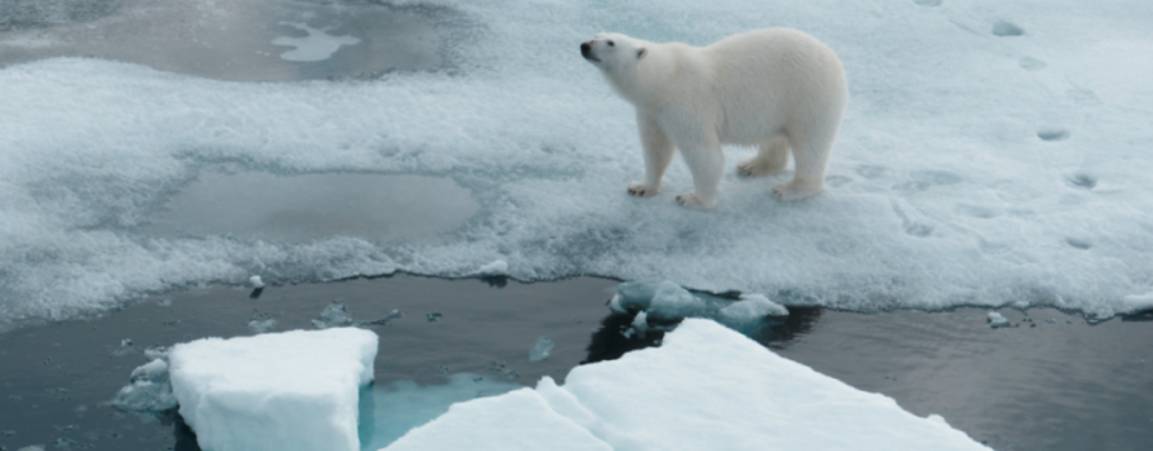
Street View and Polar Bears
Learn about the subarctic tundra and view polar bears in their natural habitat.
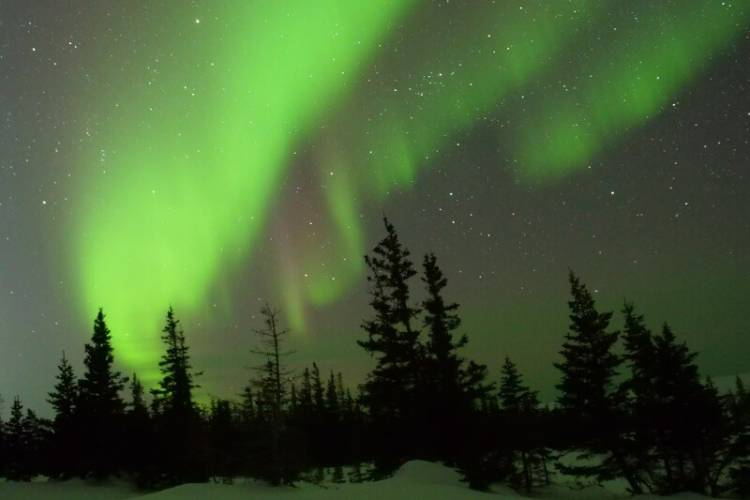
Photo: Dave Allcorn
Role of the Unit
Explore Churchill, Manitoba, Canada, the polar bear capital of the world, and surrounding areas on the shores of the Hudson Bay using Google Street View. Get a first–hand look at what it’s like to live on the subarctic tundra—for both humans and polar bears!
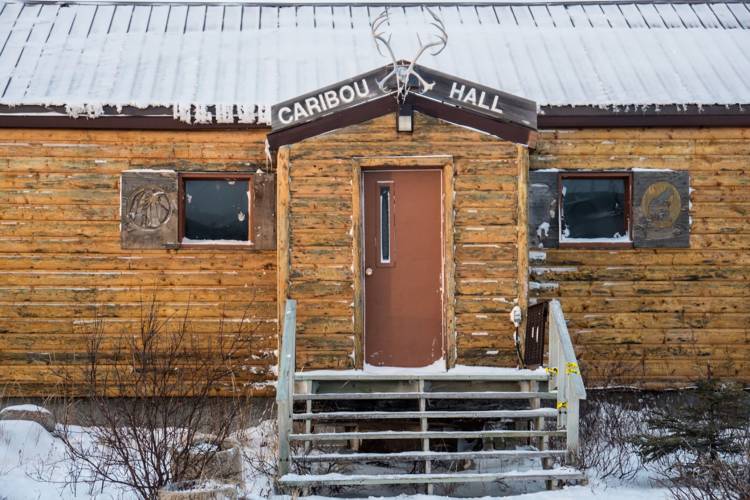
Photo: Madison Stevens
Lesson Plan
This lesson prepares middle school students for exploring Churchill, the tundra, and polar bears, but can easily be adapted to lower and higher grades. Students will learn about the tundra ecosystem and compare key aspects with other ecosystems around the world, including their own.
Discussion with Students
Begin by asking your students these leading questions:
What do you know about polar bears?
What is an ecosystem? What do the terms "subarctic" and "tundra" mean?
What are the characteristics of the subarctic tundra? (Share a map to show the location of the subarctic through Google Earth or Google Maps.) Talk about:
Terrain and environmental features
Plants and animals that live there
What would it be like to live in the subarctic? How would it compare to where you live? (Share a map of your students' location, then discuss the distance between it and Churchill.)
What is the ecosystem like where they live? Discuss:
Differences in terrain and environmental features from those in the subarctic
Differences in plants and animals in their location from those in the subarctic
What buildings and sites you might find in a town located in the subarctic
What would some considerations be when constructing buildings, schools, houses, etc. in the subarctic?
Assessment: Finish the unit by having students report back. What did they learn about polar bears, the subarctic tundra, and the polar bear capital of the world?
Other Resources
Tools:
Tundra Buggy One: Learn more about the mobile broadcast studio and take a tour of Tundra Buggy One
Polar Bears and the Subarctic Ecosystem: Journey across the tundra through this Google Arts and Culture story.
Churchill Google Map: Orient yourself to the landmarks and town of Churchill.
Flip: View our educational topics using the joincode: polarbearsint
Become Inspired:
Watch our archived Tundra Connections webcasts and take a tour of the polar bear’s world through our live cams. See polar bears, meet scientists, and ask questions!



